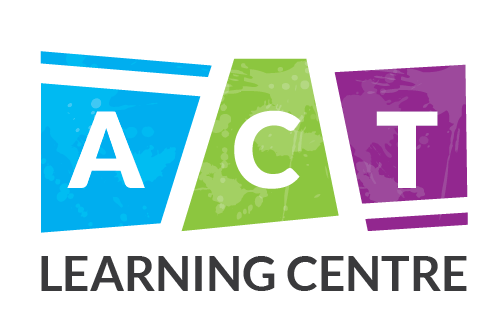Importance of a Visual Schedule
Children on the autism spectrum often miss some of the language and social/behavioural cues that help them acknowledge what activities they can expect to do throughout the day. Any experience, both new and familiar, may cause children with autism to become anxious, resistant, and misbehave simply because they were not anticipating the activities scheduled for them. As with anybody who has difficulty with receptive and expressive language, it is useful to have visual supports that supplement verbal communication.
A visual schedule is a communication tool that provides information about daily events, locations and times. These are useful tools for parents, therapists, and educators as it is a quick and effective way to display a sequence of planned events in the order that they will occur through the use of symbols, pictures, or photographs that are easily understood by the child. Even children with highly developed communications skills will find visual schedules beneficial because:
1. Verbal communication can be easily forgotten, whereas visual schedules are both tangible and non-transitory. A child may have misheard what was said but the schedule is available for reference.
2. Removing the need to repeatedly ask parents, friends, and teachers what the daily plan is will promote independence which will in turn increase the child’s acceptance by others.
3. Children remember photos and pictures far better than they do words. Visual schedules capitalize on the learning and memory skills that many autistic children have difficulty developing.
4. Anticipating events help to ease children through transitions. Therefore, visual schedules serve a means of reducing misbehaviour. In fact, the ability to move photos and symbols around as the day progresses and plans change will actually promote flexible behaviour.
5. Involve your child in preparing the daily schedule! It gives your child a sense of some autonomy and control of their daily activities.
6. Following the completion of a chore or task on your visual schedule, have your child remove the icon to indicate completion. The visual representation of accomplishments helps to build a sense of success and improves self-esteem.
7. Visual schedules can cue recollection of activities that need to be completed within certain timeframes. For example, teeth brushing and chores should occur when at home, whereas math class and lunch will happen at school.
8. Research indicates that visual schedules and supports are one of the most effective interventions for children on the autism spectrum. Bonus: they are also very easily implemented and welcomed by children with autism!
9. As the saying goes, ‘a picture is worth a thousand words.’ Images certainly convey a message quickly!
10. Visual schedules serve as a reminder to a child that a preferred activity is only one or two steps away after completion of a non-preferred task, which helps the child learn patience and persistence!



